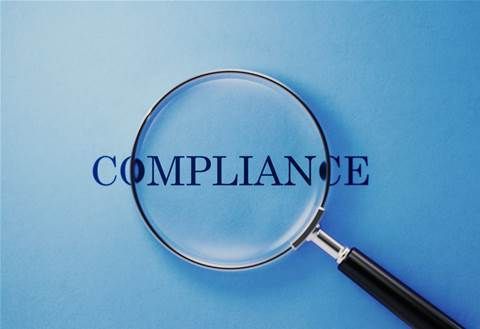Latest News

Running a business is much like driving a car. There are the daily tasks that demand immediate attention, such as keeping your eyes on the road and navigating unexpected obstacles. It's the "in-the-moment" management that we prioritise, much like checking emails, handling customer inquiries, and managing day-to-day operations.
But there's also the "longer-range" aspect of business management, similar to maintaining a car. It involves tasks that may not need attention as frequently but are essential for the long-term health and sustainability of the business. Just as rotating tires, preventative maintenance, and regular servicing are critical for a car's performance, assessing and maintaining a business's cyber security is crucial for protecting sensitive data and mitigating potential cyber threats.
Similar to a car that hasn't been serviced is more likely to break down, a business that hasn't been assessed for cyber security risks is more likely to suffer a data breach. In this article, we'll explore how cyber security assessments can help your business identify and address vulnerabilities before they lead to a breach, and ultimately save you from costly and damaging consequences.
Avoiding Accidents
As you might have seen first-hand from reading the news in recent months, a data breach can have severe consequences for businesses, ranging from financial losses to reputational damage. For smaller and medium sized business, in the worst cases, a business may even be forced to shut down.
Financial losses can quickly mount up from having to pay legal fees, fines, and compensation to affected parties. Those costs can escalate over time as the consequences of any breach become better understood and litigation is filed.
The cost of restoring the damage to IT systems and infrastructure can also be significant. The damage to reputation can be long-lasting and may result in a loss of trust from customers and partners. This can impact a business's ability to secure new customers or partners in the future, as well as cause a decline in revenue at the same time as costs are increasing.
Preventative Maintenance
That’s why at CyberUnlocked we compare the idea of having regular cyber security checks as similar to a ‘service’ and preventative maintenance check for your business. Some of the benefits that our clients see from this approach include:
- Identifying vulnerabilities: Cyber security assessments can help identify vulnerabilities in a business's IT infrastructure, software applications, and network. This allows businesses to act and fix these vulnerabilities before they can be exploited by attackers.
- Compliance requirements: Depending on the industry and regulatory requirements, businesses may be required to have regular cyber security assessments as part of their compliance obligations.
- Risk mitigation: Regular cyber security assessments can help businesses identify and mitigate risks associated with data breaches.
- Improved security awareness: Cyber security assessments can help improve the security awareness of employees and stakeholders, which can lead to a more security-conscious culture within the business.
- Prevention, not cure: Early detection of security vulnerabilities and risks can prevent costly data breaches from occurring in the first place.
Conducting a Cyber Security Assessment: Step by Step
While the needs of each business will vary depending on the industry they operate in and their size, the following is an outline for a framework that can be applied when conducting your cyber security assessment.
- Define scope and objectives: Determine what assets and systems will be assessed and the objectives of the assessment.
- Identify and evaluate threats, vulnerabilities, and security controls: Identify potential threats and vulnerabilities that could compromise the confidentiality, integrity, and access to the assets and systems that you use to run your business. Evaluate the effectiveness of the current security controls that you have in place and determine if there are any gaps.
- Analyse and prioritize risks: Determine risk levels and develop recommendations based on the level of risk they address and the resources required to implement them.
- Develop and implement an action plan: Create a plan with timelines and responsibilities, and execute the recommendations.
- Monitor and maintain: Regularly review and test the security controls to ensure they remain effective and to identify any new threats or vulnerabilities that may have emerged.
It's important to note that the specific steps involved in a cyber security assessment can vary depending on the organization's size, industry, and specific needs. It's recommended to work with a qualified cyber security professional to conduct an assessment tailored to your business.
Ready to Book in For A Service?
If you are interested in knowing more about what’s involved in conducting this crucial preventative maintenance for your cyber security so that you can keep your business ‘on the road’ and in great working order, we would love to speak with you about your needs.
At CyberUnlocked we are experienced, friendly cyber security professionals with a track record of partnering with businesses of all sizes to provide practical, actionable security advice.
More CyberUnlocked Blogs





